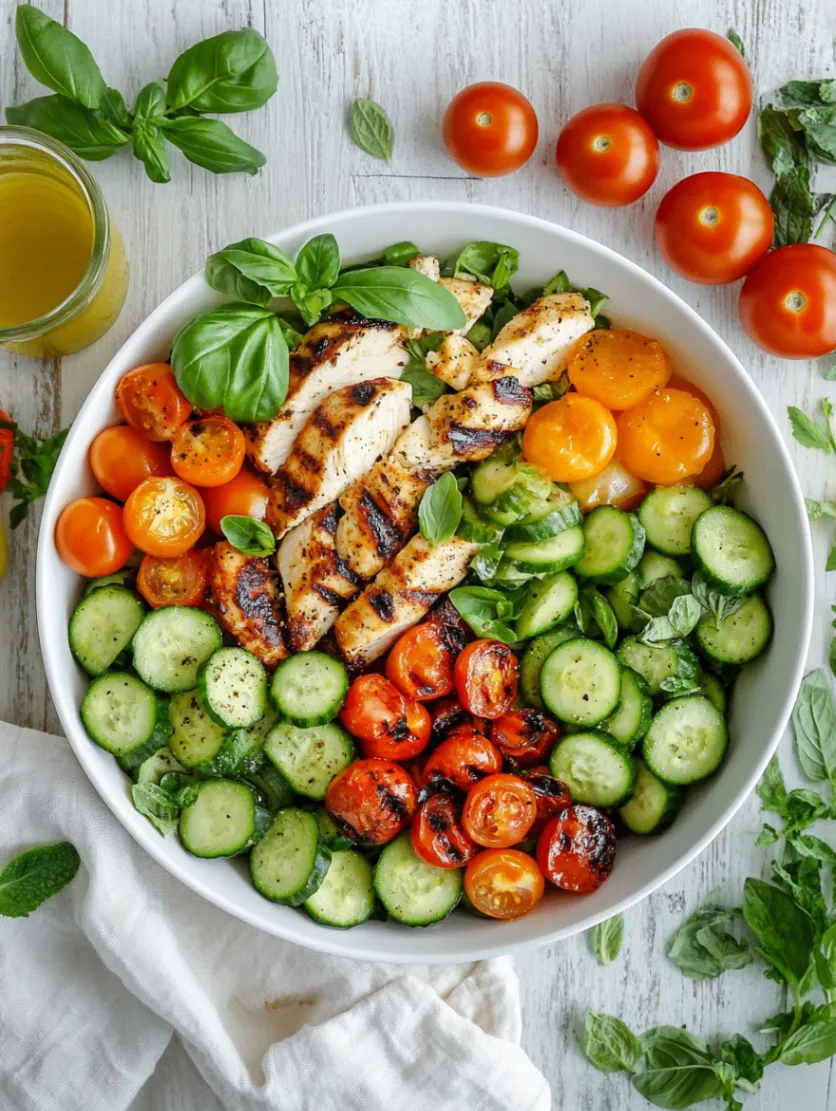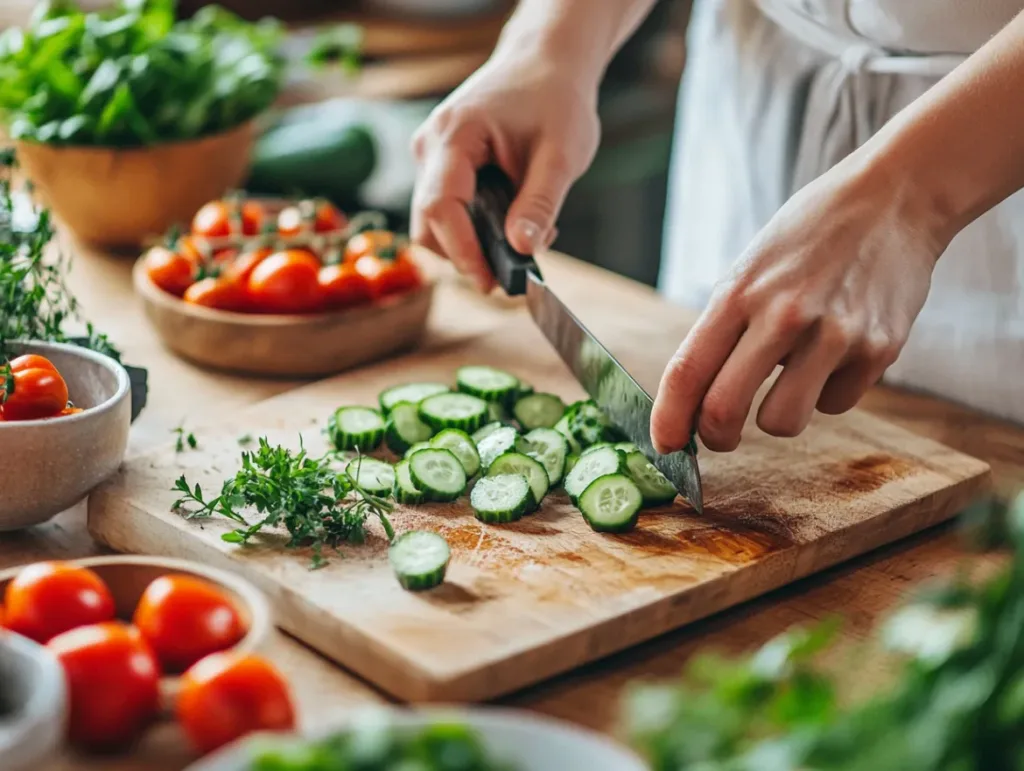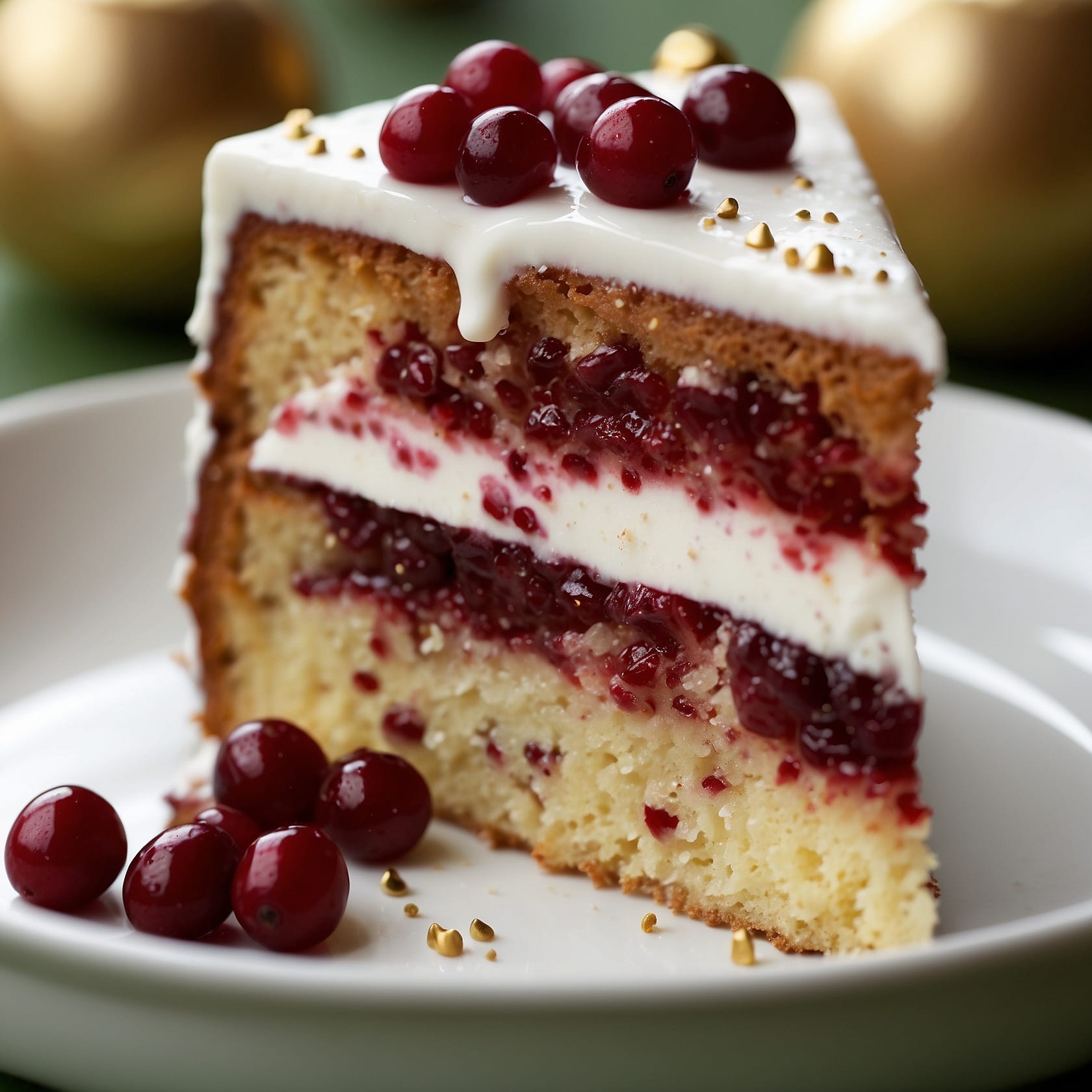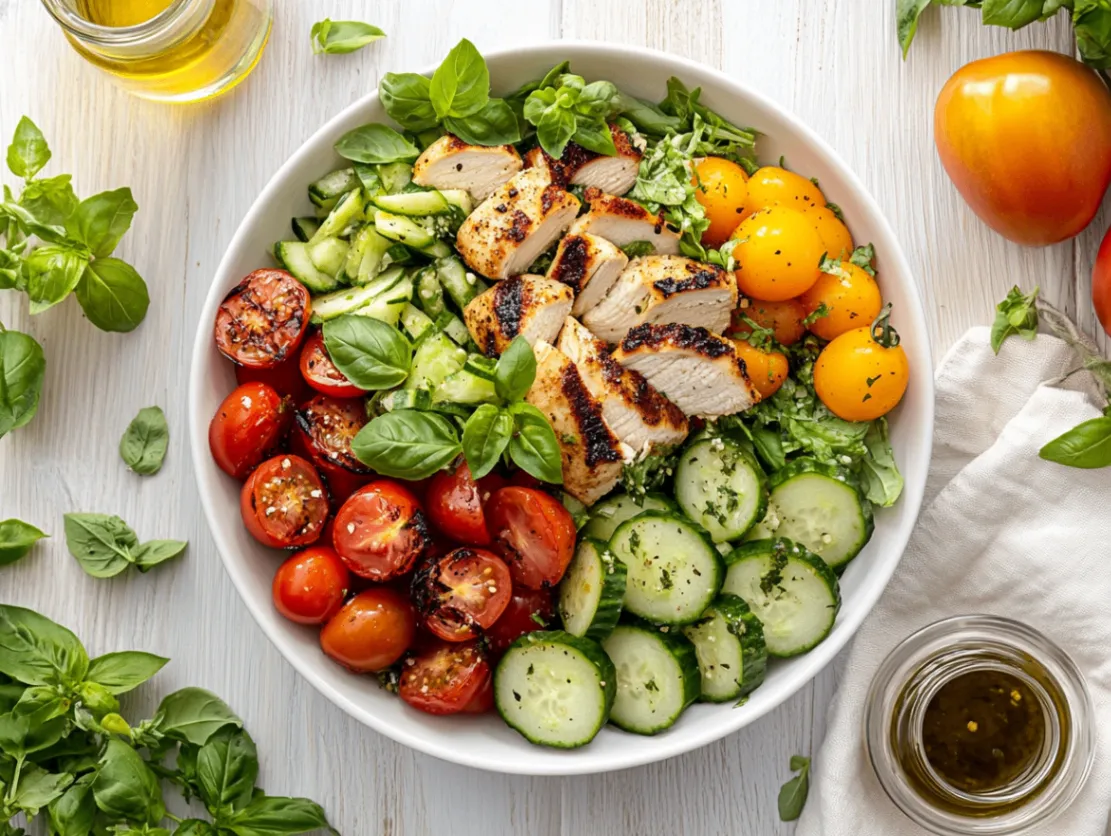Table of Contents
Table of Contents
When the mercury rises and the sun beats down mercilessly, the last thing anyone wants is to slave over a hot stove for hours. I learned this lesson the hard way during my first summer as a newlywed, when I stubbornly insisted on preparing heavy, winter-style meals despite the sweltering heat. After watching my husband push around a plate of beef stew in 95-degree weather, I knew something had to change. That’s when I discovered the magic of light summer dinners – meals that nourish without weighing you down, refresh without requiring hours in a heated kitchen, and satisfy without leaving you feeling sluggish.
Light summer dinners have become my absolute favorite way to feed my family during the warmer months. These aren’t just salads thrown together in desperation (though we love those too!). Instead, they’re thoughtfully crafted meals that celebrate the season’s bounty while keeping everyone comfortable and energized. Today, I’m excited to share everything I’ve learned about creating these perfect warm-weather meals that have transformed our summer dining experience.
The beauty of light summer dinners lies in their versatility and fresh approach to cooking. Whether you’re hosting a backyard gathering or simply feeding your family on a Tuesday night, these recipes adapt to any situation while maintaining their core promise: delicious food that won’t leave you overheated or overstuffed.

Light Summer Dinners Recipe to Keep You Cool and Satisfied
Ingredients
Nutrition
Tried this recipe?
Let us know how it was!
Ingredients: Building Your Light Summer Dinner Foundation
Understanding Key Ingredients and Their Cooling Properties
The secret to successful light summer dinners starts with understanding which ingredients naturally cool and refresh your body. Fresh herbs like mint, basil, and cilantro don’t just add incredible flavor – they actually have cooling properties that make them perfect for hot weather cooking. I always keep these three herbs growing in pots on my kitchen windowsill during summer months.
Cucumber is another superstar ingredient for light summer dinners. With its high water content and naturally cooling effect, cucumber forms the backbone of many of my favorite warm-weather dishes. I love incorporating it into everything from gazpacho to grain salads, where it adds both crunch and hydration.
Citrus fruits deserve special mention in any discussion of light summer cooking. Lemons, limes, and oranges bring bright acidity that makes food taste fresher and more vibrant. The natural acids in citrus also help tenderize proteins without heat, making them perfect for marinades and dressings in light summer dinners.
Lean proteins like fish, chicken breast, and plant-based options such as chickpeas and tofu work beautifully in summer cooking because they’re easier to digest than heavy meats. I’ve found that grilling these proteins quickly over high heat, then letting them cool to room temperature, creates the perfect texture for summer salads and grain bowls.
Tips for Selecting the Best Quality Summer Ingredients
Shopping for light summer dinners requires a different approach than winter cooking. I always start my grocery trips at the farmer’s market or the produce section, letting the seasonal availability guide my menu planning. The best summer vegetables should feel firm and heavy for their size, with vibrant colors that practically glow under the fluorescent lights.
When selecting herbs for light summer dinners, look for leaves that stand up straight and have a strong, fresh aroma. Wilted or yellowing herbs will muddy the bright flavors you’re trying to achieve. I’ve learned to buy herbs with their roots still attached when possible – they stay fresh much longer and can even be replanted if you’re so inclined.
For proteins in light summer dinners, freshness is absolutely crucial since many will be served at room temperature or lightly cooked. Fish should smell like the ocean, not “fishy,” and chicken should have a clean, neutral scent. I always ask my butcher or fishmonger when items arrived, and I plan my shopping accordingly.
Grains and legumes for light summer dinners should be stored in airtight containers to prevent them from becoming stale or attracting pests in the heat. I prefer buying these items in smaller quantities during summer months to ensure maximum freshness and flavor.
Smart Substitutions and Alternatives
One of the best things about light summer dinners is their flexibility. Can’t find the exact ingredient called for? No problem! The principles of summer cooking – fresh, light, cooling, and minimal heat – give you plenty of room to improvise.
If a recipe calls for a specific herb, you can usually substitute another fresh herb with similar flavor profiles. Basil and mint can often be interchanged in light summer dinners, as can parsley and cilantro, depending on your flavor preferences and what’s available at your market.
For proteins in light summer dinners, the key is maintaining the light, easy-to-digest quality. If you can’t find the fish specified in a recipe, choose another firm, white fish. If chicken isn’t available, try turkey, or go completely plant-based with marinated tofu or tempeh.
Grain substitutions work wonderfully in light summer dinners. Quinoa, bulgur, farro, and even cauliflower rice can be swapped based on dietary needs and preferences. The important thing is maintaining the light, fluffy texture that makes summer grain salads so appealing.
Preparation Steps: Mastering the Art of Cool Cooking
Initial Prep and Cleaning Strategies
The key to stress-free light summer dinners lies in smart preparation strategies that minimize time spent near heat sources. I always start by washing and drying all my vegetables immediately after shopping, storing them properly so they’re ready to use throughout the week. This front-loaded approach means I can throw together a beautiful salad or grain bowl in minutes.
For light summer dinners, I like to prep ingredients in the coolest part of the day – usually early morning or late evening. I’ll wash and chop vegetables, cook grains, and prepare dressings when the kitchen isn’t sweltering. This advance preparation is what makes weeknight light summer dinners actually achievable.
Setting up an efficient workspace is crucial for light summer dinners. I keep a large bowl of ice water nearby for blanching vegetables and shocking them to preserve their bright colors. Sharp knives and a good cutting board make quick work of all the fresh vegetables that star in summer cooking.
One trick I’ve learned for light summer dinners is to embrace room temperature cooking whenever possible. Grains taste better when they’re not ice-cold, and many vegetables develop better flavors when they’re not straight from the refrigerator. I take ingredients out about 30 minutes before I plan to assemble the dish.
Step-by-Step Cooking Techniques with Expert Tips
The cooking techniques for light summer dinners are all about maximizing flavor while minimizing heat and cooking time. Quick grilling, rapid sautéing, and no-cook preparations become your best friends during the hot months.
For grilled components in light summer dinners, I always let my grill get screaming hot, then cook proteins quickly over direct heat. This creates beautiful char marks and seals in juices without heating up the kitchen. I often grill proteins in batches on weekend mornings, then use them throughout the week in various light summer dinners.
Blanching vegetables is a technique I use constantly in light summer dinners. The process involves briefly boiling vegetables, then immediately plunging them into ice water to stop the cooking process. This preserves their vibrant colors and crisp textures while making them more digestible than raw vegetables.
For dressings and marinades in light summer dinners, I rely heavily on emulsification techniques. A good vinaigrette brings together all the components of a summer salad, and learning to make smooth, stable dressings will elevate every dish you make. The key is adding oil slowly while whisking vigorously, creating a creamy texture without using heavy ingredients.
Common Mistakes and How to Avoid Them
Even with the best intentions, there are several pitfalls that can turn light summer dinners into disappointing meals. The most common mistake I see is overseasoning early in the cooking process. Summer vegetables have delicate flavors that can be easily overwhelmed, so I always season lightly during cooking and adjust at the end.
Another frequent error in light summer dinners is overcooking vegetables. Summer produce is meant to be celebrated for its natural flavors and textures. Vegetables should retain some bite and vibrancy – mushy, overcooked vegetables have no place in good summer cooking.
Temperature control is crucial for successful light summer dinners. Serving everything ice-cold might seem logical in hot weather, but it actually mutes flavors. Room temperature or just slightly chilled is usually perfect for letting all the flavors shine through.
Food safety becomes even more important with light summer dinners since many components are served at room temperature. I always keep hot foods hot and cold foods cold during prep, and I never let perishable ingredients sit out for more than two hours, especially in hot weather.
Serving & Final Touches: Presenting Your Perfect Summer Meal
Creative Presentation Ideas That Beat the Heat
The presentation of light summer dinners should reflect the season’s relaxed, fresh atmosphere. I love using large, shallow bowls that allow all the beautiful colors and textures to be visible. White or light-colored dishes really make the vibrant summer ingredients pop.
For light summer dinners, I often embrace the “bowl” concept – building meals in wide, shallow bowls where every component is visible and accessible. This family-style presentation encourages sharing and creates a casual, welcoming atmosphere that’s perfect for summer entertaining.
Garnishing light summer dinners with fresh herbs, edible flowers, or colorful vegetable cuts adds visual appeal without extra heaviness. I keep a selection of microgreens growing on my windowsill specifically for these finishing touches. A sprinkle of fresh herbs or a few delicate flower petals can transform a simple dish into something restaurant-worthy.
Color contrast is especially important in light summer dinners since these meals rely heavily on visual appeal. I always try to include something red, something green, and something bright to create plates that are as beautiful as they are delicious.
Perfect Pairings and Complementary Dishes
Light summer dinners work best when each component complements rather than competes with the others. I like to think in terms of temperature, texture, and flavor contrasts. A cool, creamy element pairs beautifully with something crisp and acidic, while a substantial grain base anchors lighter vegetables and proteins.
For beverages with light summer dinners, I lean toward naturally refreshing options. Infused waters, light wines, and herb-forward cocktails all complement the fresh flavors without overwhelming them. I often prepare large pitchers of cucumber-mint water or citrus-herb combinations that guests can enjoy throughout the meal.
Side dishes for light summer dinners should enhance rather than compete with the main components. Simple sliced tomatoes with good salt, a small portion of artisanal bread, or a light fruit salad all work beautifully without adding heaviness to the meal.
The key to successful light summer dinners is understanding that less is often more. Rather than trying to fill every inch of the plate, I focus on a few high-quality components that work harmoniously together.
Storage and Meal Prep Wisdom
One of the greatest advantages of light summer dinners is how well they lend themselves to advance preparation and storage. Most components actually improve in flavor after sitting for a few hours, as the dressings have time to penetrate and marry all the flavors together.
For storing light summer dinners, I use glass containers whenever possible. They don’t retain odors or stains like plastic, and they allow me to see exactly what I have prepared. I keep dressings separate until serving time to prevent wilting and maintain the best textures.
Many components of light summer dinners can be prepared up to three days in advance. Cooked grains, roasted vegetables, and marinated proteins all store beautifully and actually develop more complex flavors over time. This make-ahead quality is what makes light summer dinners so practical for busy weeknights.
When meal prepping light summer dinners, I focus on preparing components rather than complete meals. This gives me the flexibility to mix and match throughout the week, creating variety while using the same basic building blocks.
 DINNER
DINNER  LUNCH
LUNCH  Desserts
Desserts  BREAKFAST
BREAKFAST For more amazing recipes, be sure to check out our other sections to explore a variety of ideas that will enrich your cooking experience. Each section offers its own unique flavors to ensure a delightful culinary journey:
Easy and Quick Recipes: A collection of dishes that guarantee delicious meals with minimal effort and time.
Healthy Recipes: Discover healthy and delicious options that fit your lifestyle.
Desserts: A diverse selection of sweets that will add a special touch of sweetness to your table.
Lunch Recipes: Tasty lunch ideas that you can easily prepare to delight your family.
Dinner Recipes: Delicious and easy-to-make recipes that will make your dinner a memorable occasion.

Frequently Asked Questions
Q: How far in advance can I prepare light summer dinners? A: Most components of light summer dinners can be prepared 2-3 days in advance. Cooked grains, roasted vegetables, and marinated proteins actually improve in flavor over time. However, keep dressings separate and add delicate ingredients like fresh herbs and soft vegetables just before serving to maintain optimal texture and appearance.
Q: What are the best proteins for light summer dinners? A: The best proteins for light summer dinners are those that are easy to digest and can be served at room temperature. Fish, chicken breast, turkey, tofu, tempeh, legumes, and eggs all work wonderfully. These proteins can be grilled, poached, or roasted quickly without heating up your kitchen excessively.
Q: How do I keep light summer dinners food-safe in hot weather? A: Food safety is crucial for light summer dinners. Never leave perishable ingredients at room temperature for more than 2 hours (1 hour if the temperature is above 90°F). Use insulated containers for transport, keep cold ingredients cold until serving, and when in doubt, throw it out. Invest in a good food thermometer to ensure proteins are cooked to safe temperatures.
Q: Can light summer dinners be filling enough for active families? A: Absolutely! Light summer dinners can be completely satisfying when they include the right balance of nutrients. Focus on including complex carbohydrates (quinoa, brown rice, whole grain pasta), lean proteins, healthy fats (avocado, nuts, olive oil), and plenty of vegetables. The key is creating volume and variety rather than relying on heavy, dense foods.
Q: What kitchen equipment is essential for preparing light summer dinners? A: For light summer dinners, you’ll want sharp knives for efficient chopping, a large salad spinner for cleaning greens, mixing bowls in various sizes, a good whisk for dressings, and airtight storage containers. A grill or grill pan is helpful for quick protein cooking, and a mandoline slicer can create beautiful, uniform vegetable cuts quickly.
Conclusion: Embrace the Joy of Summer Cooking
Light summer dinners have completely transformed how my family approaches warm-weather meals. What started as a desperate attempt to avoid heating up the kitchen has evolved into a cooking philosophy that celebrates freshness, simplicity, and the incredible bounty that summer provides.
The beauty of light summer dinners lies not just in their practical benefits – though staying cool while cooking is certainly appreciated – but in how they encourage us to slow down and savor the season. These meals invite lingering conversation around the dinner table, encourage experimentation with new ingredients, and remind us that the most delicious food often requires the least manipulation.
I encourage you to embrace the principles of light summer dinners in your own kitchen. Start with one or two techniques that appeal to you, experiment with the incredible variety of summer produce available, and don’t be afraid to make substitutions based on your family’s preferences and dietary needs.
Remember, the goal of light summer dinners isn’t perfection – it’s creating meals that nourish your body, refresh your spirit, and bring joy to your table during the beautiful summer months. Every time you choose fresh over processed, simple over complicated, and seasonal over convenient, you’re creating exactly the kind of meal that makes summer dining special.
I’d love to hear about your own light summer dinners adventures! Share your favorite combinations, creative substitutions, and family success stories. After all, the best recipes are the ones that bring people together, and summer cooking is all about community, sharing, and celebrating the abundance of the season.
